From counting down the days of December with an advent calendar to decking out a tree in decorations and lights , Christmas is a holiday that's full of traditions.
While Christmas means something different for everyone who celebrates, many classic holiday traditions are shared all over the world. Since many traditions date all the way back to ancient times, Christmas today wouldn't be the same without the history that made the holiday what it is.
Keep reading for the origins of 11 common Christmas traditions.
Hanging stockings was popularized by a beloved Christmas poem.
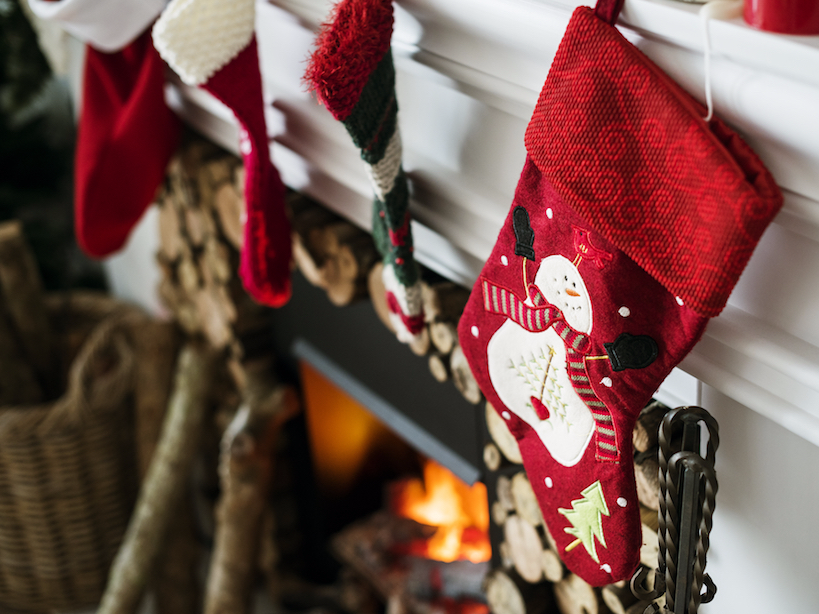
Rawpixel.com/Shutterstock
Thetradition of hanging stockings on the fireplace can be traced back to a story of a widowed man who was worried he could not provide for his three daughters, according to Smithsonian Magazine . St. Nicholas heard about the family's hardships and filled the daughters' stockings, which were drying by the fire, with gold coins.
The popularity of the tradition, however, can be attributed to Clement Clarke Moore's poem, "A Visit from St. Nicholas" from 1823.
A line from the classic poem reads, "[St. Nick]fill’d all the stockings; then turn’d with a jerk,/And laying his finger aside of his nose/And giving a nod, up the chimney he rose."
From then on, it was a common practice for children to hang their stockings by the fire on Christmas Eve in the hopes that Santa Claus would fill them with presents.
The tradition of sending Christmas cards began in England.
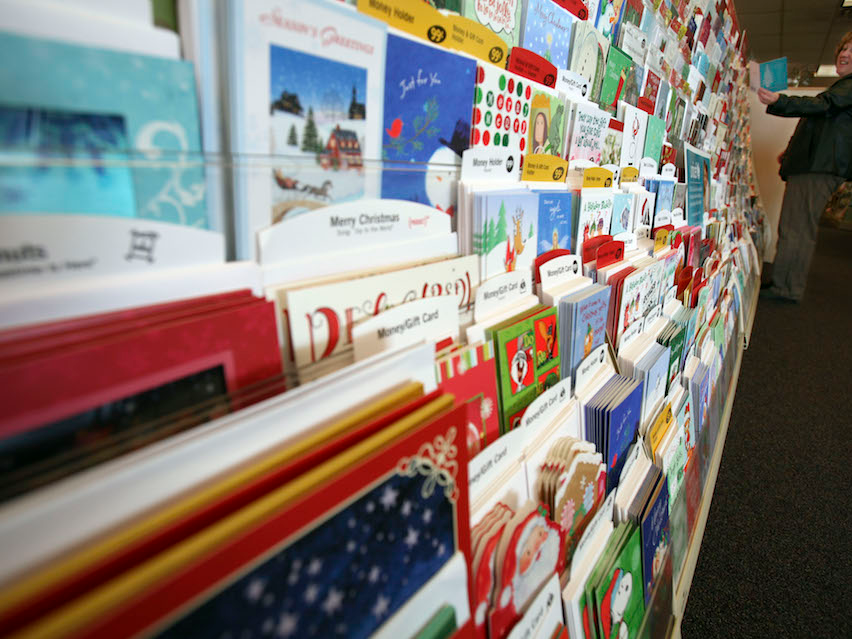
AP Photo/Pat Wellenbach
Whether you print your own cards featuring a family photo or write simple notes to friends and family, chances are, you've sent out a few Christmas cards in your lifetime.
Today, Christmas cards act as a year-in-review for people to catch up on what their friends and family have been up to, although the tradition has a long history.
During the Christmas season in England in 1843, Sir Henry Cole decided that he wanted a way to send a holiday greeting to his friends without having to write individual letters, according to Smithsonian Magazine . He had 1,000 illustrated cards printed with the words, "A Merry Christmas and A Happy New Year To You" with space for personalization. This was the beginning of the Christmas card, which isn't too far off from what we do today.
The tradition of decorating a Christmas tree can be traced back to Germany and the UK.
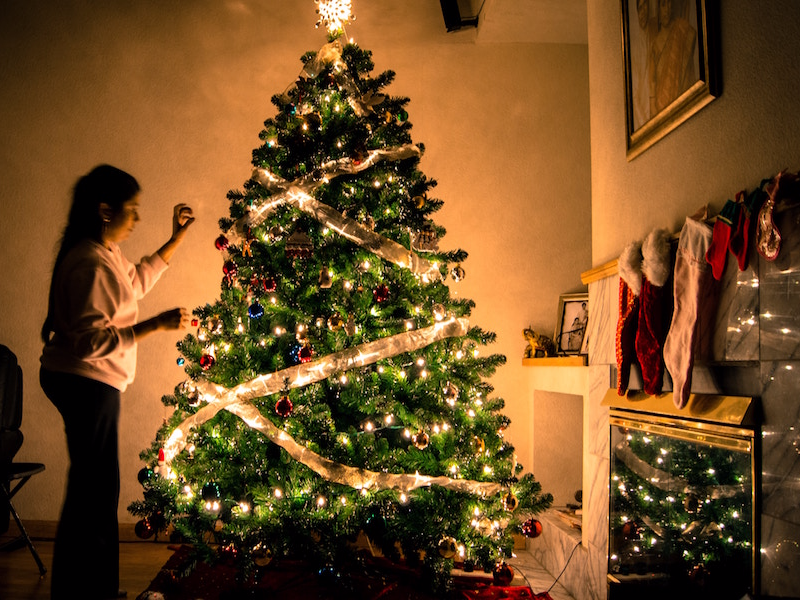
Arun Kuchibhotla/Unsplash
Evergreen trees, which are commonly used as Christmas trees today, have long been thought to be lucky since they remain green even in the dead of winter.
The modern Christmas tree can be traced back to German Lutherans in the 17th century, and they were first seen in the US in Pennsylvania in the 1820s (When many Germans immigrated), according to TIME .
Queen Victoria and Germany's Prince Albert popularized the tradition when a sketch of their family sitting beside decorated Christmas tree was published in the Illustrated London News in 1846, according to History.com
By the late 1800s, Christmas trees had caught on in the US and were often decorated with both homemade ornaments and ones imported from Germany.
The tradition of kissing under the mistletoe comes from Celtic legend.
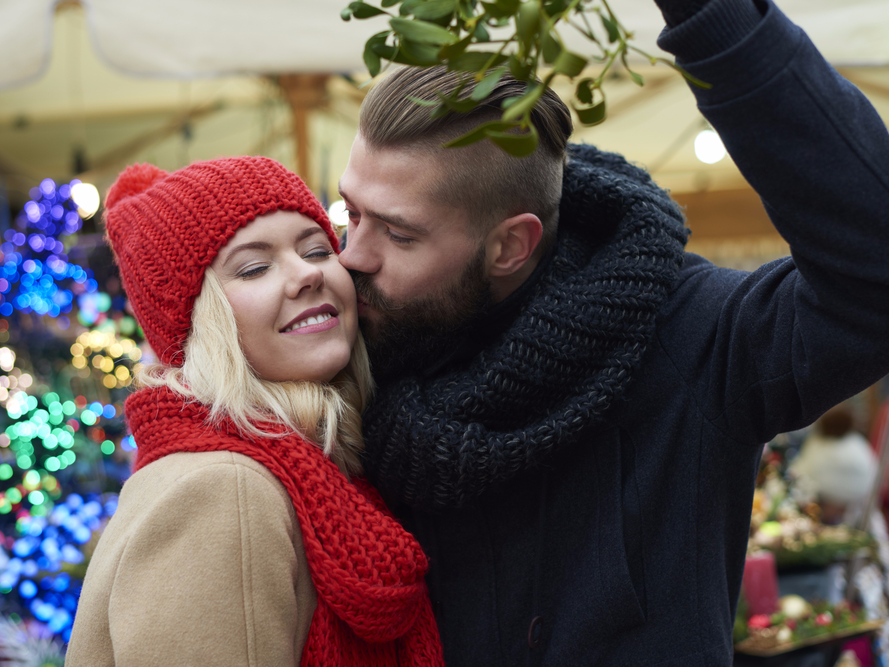
Shutterstock
The tradition of kissing under mistletoe has been popular for centuries, although it dates back to an old Celtic legend.
The plant, native to Great Britain and other parts of Europe, is historically believed to bring good luck, according to TIME . Kissing under a mistletoe plant became a holiday tradition during the Victorian era, as doing so was thought to lead to marriage.
Eating fruitcake for special occasions dates back to the 18th century.
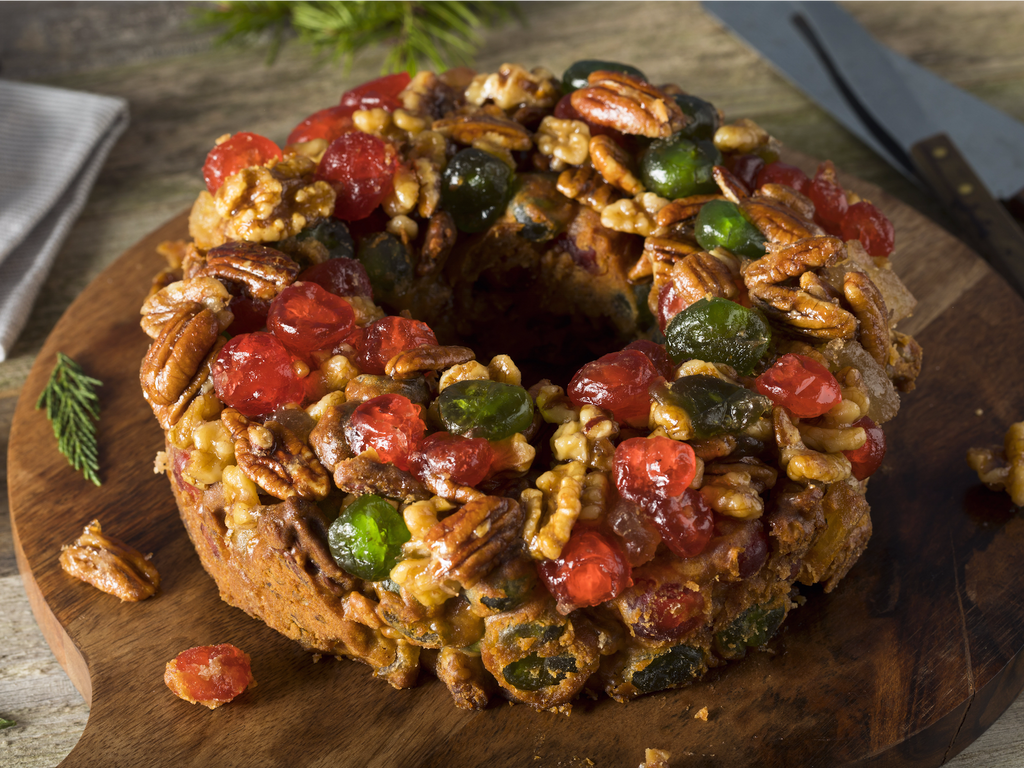
Shutterstock
According to the New York Times, fruitcake dates back to a food enjoyed by ancient Romans called satura — a mix of barley, pomegranate seeds, nuts, and raisins held together with honey. Some speculate that this dish was invented as a way to preserve fruit.
According to Smithsonian Magazine, fruitcake gained popularity as a dish for special occasions in the 18th and 19th centuries, when its ingredients were expensive and harder to come by, making it a rare delicacy.
Today, people love to hate fruitcake , but it remains a classic part of Christmas cuisine.
Going caroling has roots in Medieval times.
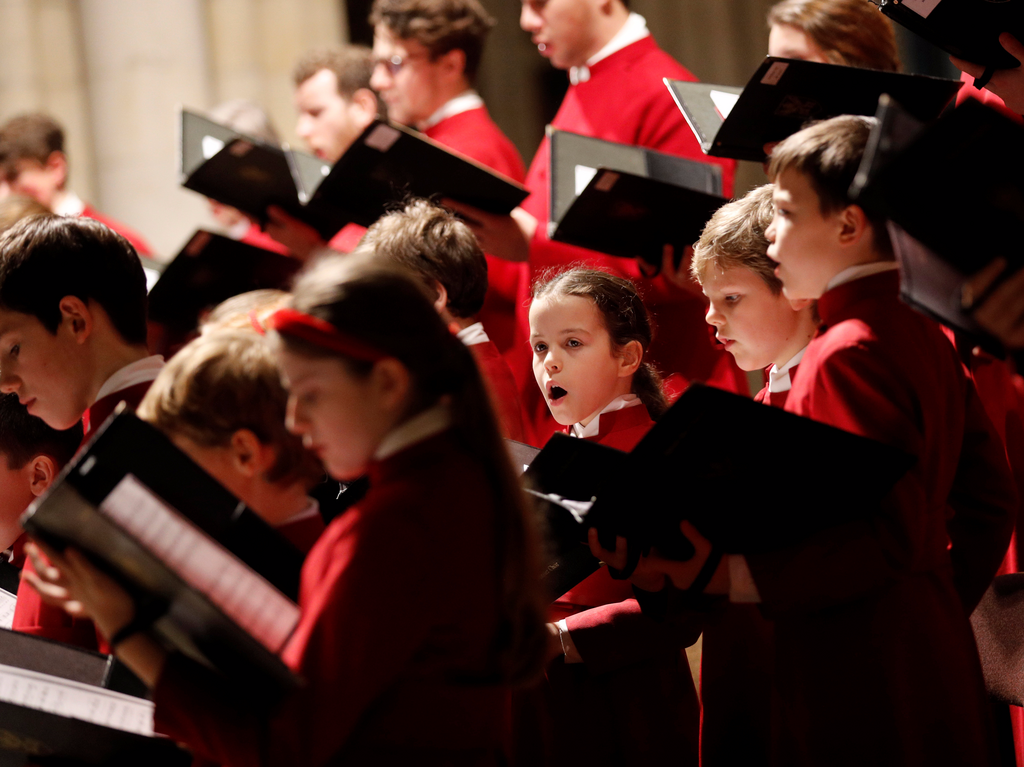
REUTERS/Darren Staples
Bundling up and singing popular Christmas songs has long been a tradition during the holiday season.
Many religious carols date back to Medieval times, as does the practice of traveling from neighbor to neighbor to wish them good health.
The tradition as it relates to Christmas, however, can be traced back to the 19th century, according to TIME . Songbooks with catchy Christmas tunes became popular as the holiday became more commercialized.
Hiding a pickle in the Christmas tree is originally a German tradition.
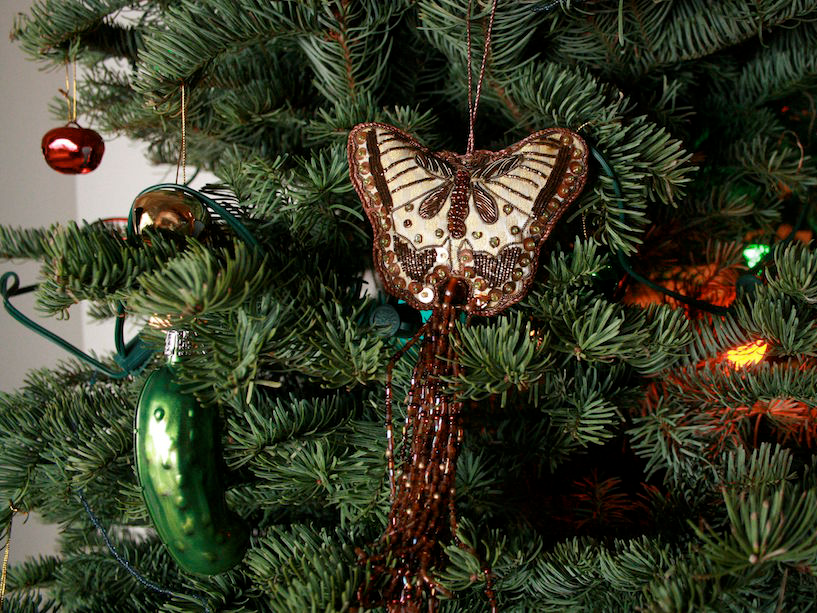
Lisa Dusseault/Flickr
Weihnachtsgurke, also known as Christmas Pickle, is a popular tradition in the US. Allegedly, it got its start in Germany , though few people there have heard of it. It is said that the tradition began in Germany in the late 1900s, when Germany popularized glass ornaments , though it is more likely thatit was a marketing stunt invented by those importing glass decorations from Germany.
As part of the tradition, parents hide the easily camouflaged green pickle-shaped ornament on Christmas Eve, and the first child to find it in the morning will have good luck throughout the new year.
Decorating Christmas cookies is a tradition related to ancient winter solstice celebrations.
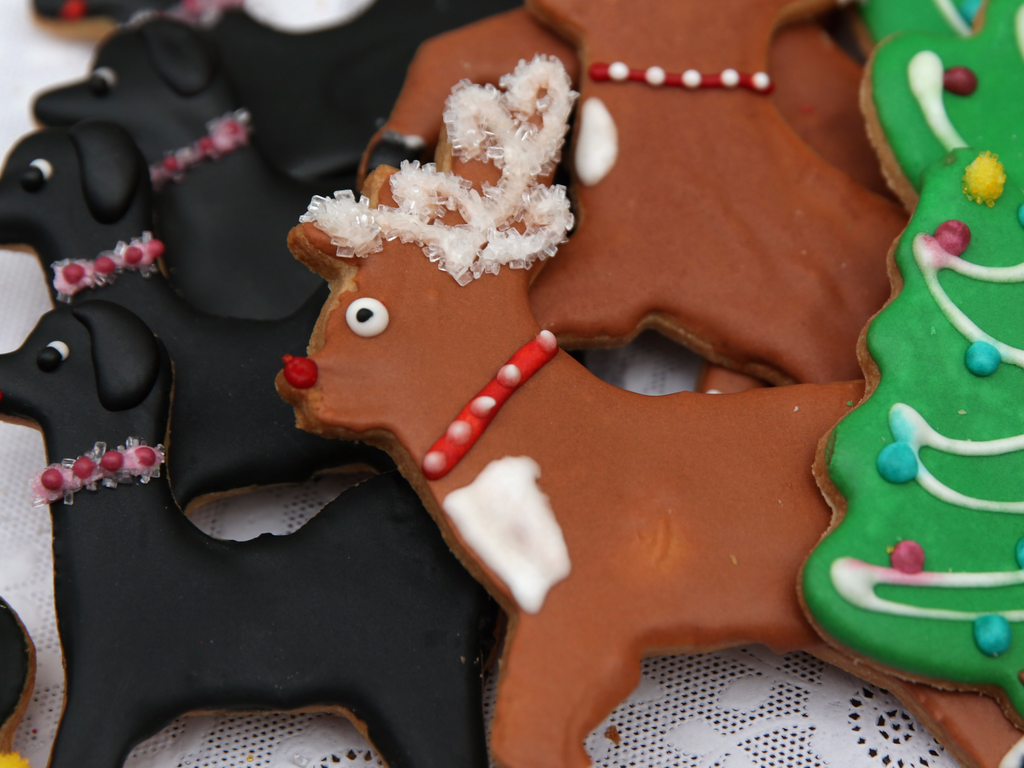
Alex Wong/Getty
Decorating Christmas-themed cookies and setting them out by the fireplace for Santa Claus on Christmas Eve is a classic holiday tradition, at least in the US.
Before today's sugar cookies, snickerdoodles, and gingerbread, ancient civilizations celebrated the winter solstice with desserts. By the Middle Ages, Europeans ate cookie-like dessertsmade with cinnamon, nutmeg, and dried fruit—ingredients that are still often used in Christmas cookies today.
One of the most classic Christmas cookies, the Gingerbread man, was first introduced by Queen Elizabeth I of England who used a mold to shape traditional ginger-flavored cookies, according to History.com.
Modern advent calendars are based on the Christian practice of advent leading up the Christmas.
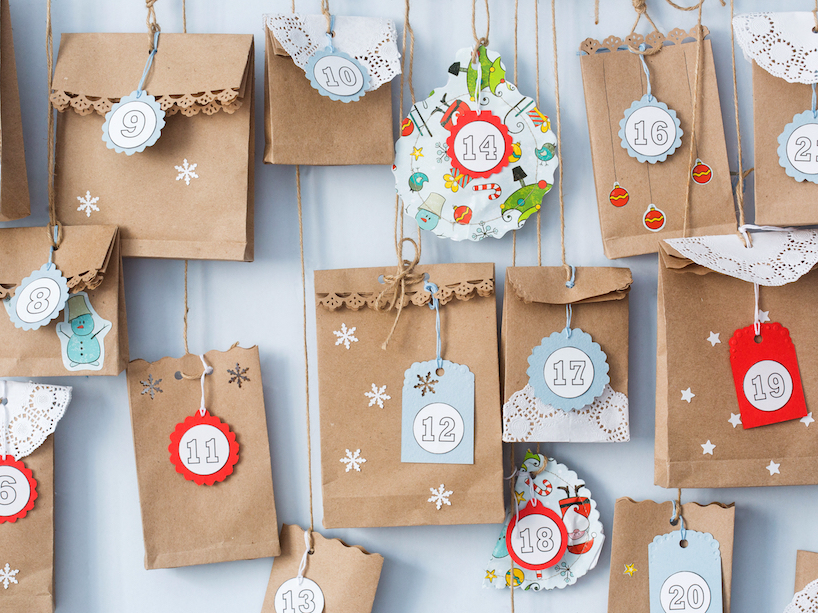
phBodrova/Shutterstock
Advent calendars are now commonly used to count down from the beginning of December until Christmas Day, but they have roots in the Christian tradition of Advent, which dates back more than 1,600 years, according to TIME .
Meant to prepare Christians forthe coming of Christ, people used to fast before the "Christ-mass." In more recent history, many advent calendars focus on the non-religious aspects of Christmas and countdown from December 1 to 25 with a small gift each day.
Today, there's no shortage of options for advent calendars, from DIY gift bags to boxes filled with chocolate treats or even wine.
Department store holiday windows are one of New Yorks most quintessential Christmas traditions.
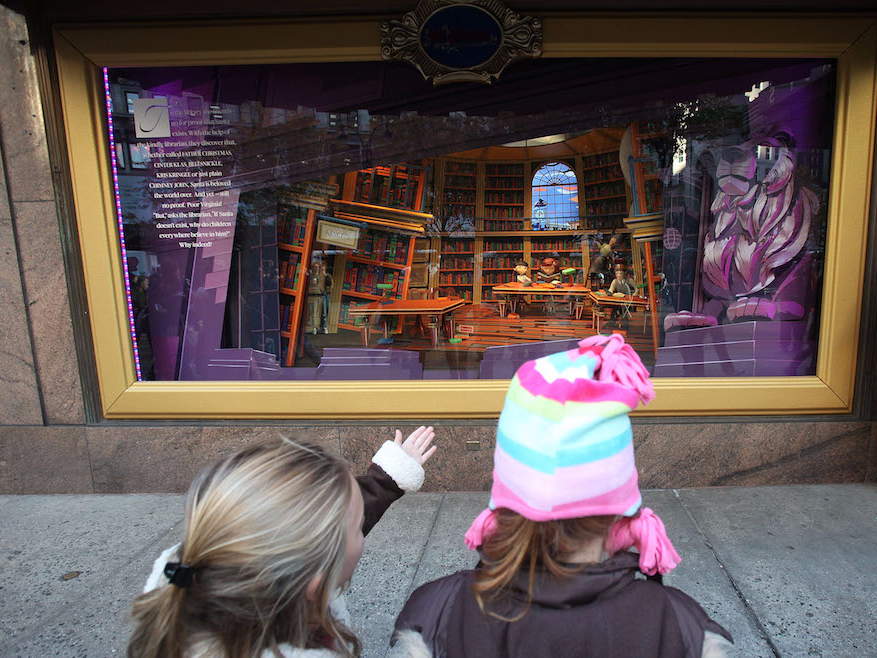
Mario Tama/Getty
Festive window displays at department stores have been a staple of the holiday season in New York City since the 1870s.
The tradition originated with Macy's, which implemented an art installation-like display instead of traditional advertisements for their holiday products.
Today, people wait in line for hours to see the famous holiday windows , which feature unique designs, from selfie-taking snowmen to portrayals of classic Disney films.
Waiting for Santa Claus to deliver presents is a tradition that varies all over the world.
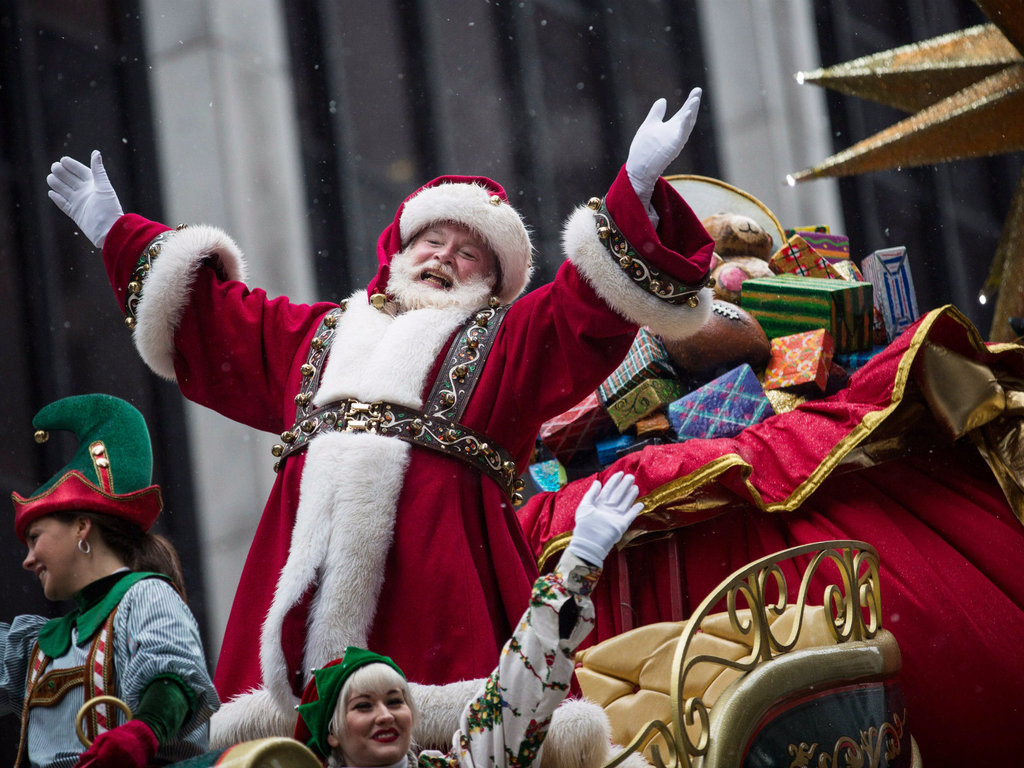
Andrew Burton/ Getty
In the US he's Santa Claus, in France he'sPère Noël, and in Finland, people celebrate the Yule Goat. All over the world, there are many different interpretations of St. Nicholas.
The oldest legend of St. Nicholas dates back to 280 A.D. in modern-day Turkey, according to History.com . As the story goes, a monk named St. Nicholas was generous and kind, giving away his wealth to those in need. In the Christian church, his feast day is celebrated on December 6, although the secular version of St. Nick comes around on December 24.
Visit INSIDER's homepage for more.

)
)
)
)
)
)
)